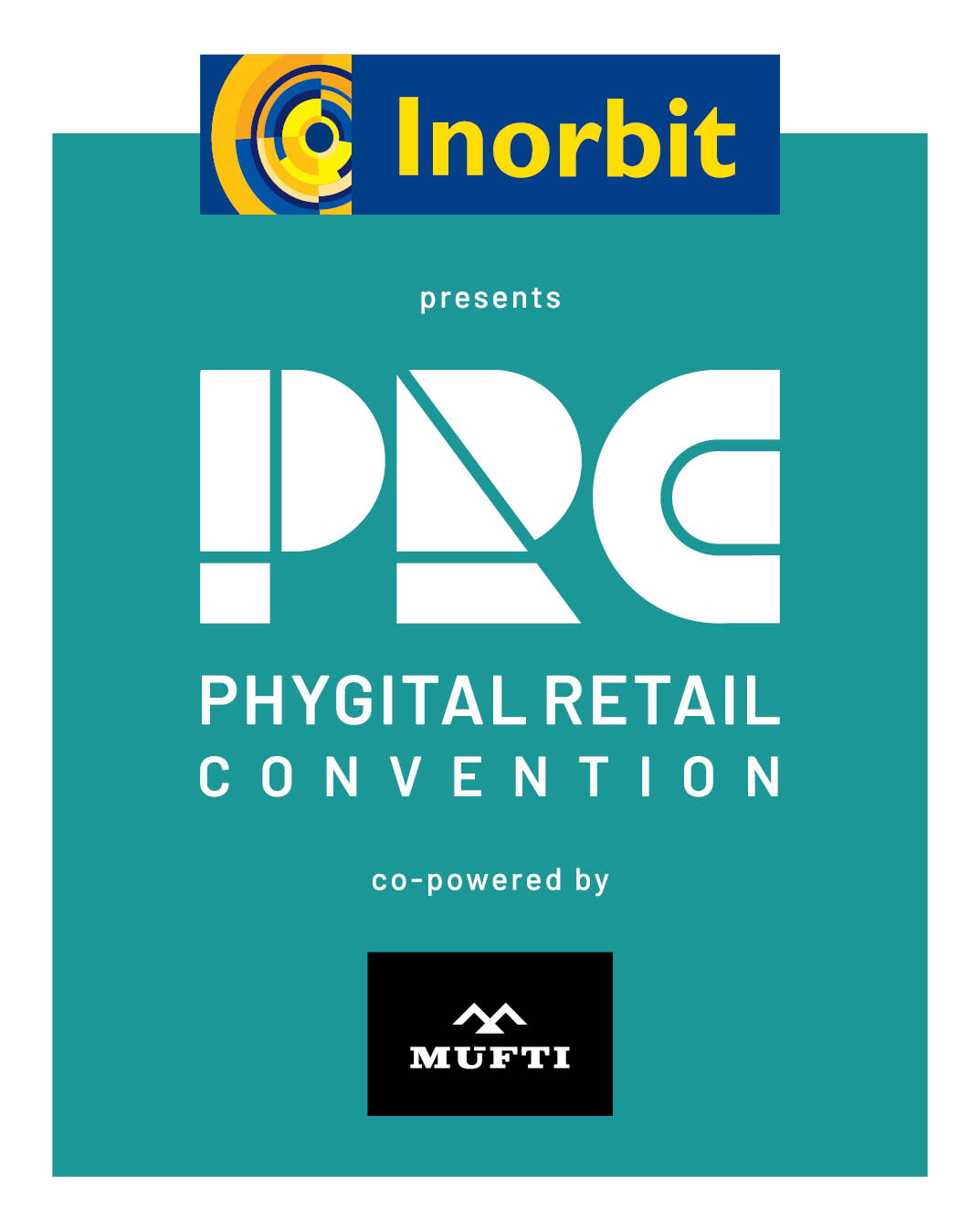Q-commerce is reshaping India’s consumer market by boosting access to diverse products and helping emerging brands drive premiumisation
Bengaluru: India’s quick commerce grocery market will triple between 2024 and 2027, reaching Rs 1.5–1.7 lakh crore, with growth extending to cities with populations over 5 lakhs, according to a report by Kearney India.
The report highlights that consumers are embracing the model not primarily for discounts, but for its speed, curated and large assortment, and convenience, qualities that are increasingly influencing every day and impulse purchasing. The shift is visible across categories such as snacking, gifting, personal care, and household essentials, with premiumization also on the rise.
“Quick commerce is a fundamental shift that’s become a core pillar of India’s retail sector,” said Siddharth Jain, Managing Partner and Country Head, Kearney India. “It’s not only changing how India shops, but brands, too, are adapting their strategies. As quick commerce channels gain traction, companies are allocating higher budgets, ensuring visibility and presence within the format. Overall, the landscape is reshaping consumer expectations and forcing brands to rethink how they reach their customers.”
“Quick commerce is also rapidly emerging as a major employment generator, with an estimated 6–7 lakh people currently employed in the sector and projections pointing to 11–13 lakh by end of 2027,” added Jain.
In terms of direct and indirect employment across retail channels, quick commerce closely follows general trade, generating 62 to 64 jobs per INR crore of monthly GMV, outpacing modern trade, which employs 41 to 42 jobs.
Last-mile logistics makes up the majority of quick commerce’s employment mix, with 46 out of 62 employees per INR crore of monthly GMV, contrasting sharply with e-commerce (13 to 15 employees) and modern trade, where last-mile roles are minimal.
“What sets quick commerce apart is its ability to combine ultra-fast deliveries, a broader assortment of products, and highly optimized supply chains. This unique combination is not just enhancing convenience but also reshaping how consumers engage with different product categories,” said Ankur Singh, Partner, Consumer and Retail at Kearney India.
“What’s particularly noteworthy is that this migration is not uniform across all categories. While food—especially staples—has seen the highest adoption rates in the early phase, our analysis challenges the perception that quick commerce is limited to top-up purchases. Instead, we are witnessing a broader evolution in consumption patterns, with quick commerce driving incremental growth and premiumisation in some areas,” he added.
The report affirms that quick commerce is more than just a passing trend—it marks a fundamental shift in India’s retail landscape. With its speed, convenience, and efficiency, it’s redefining grocery shopping and emerging as a true game-changer for the industry.


